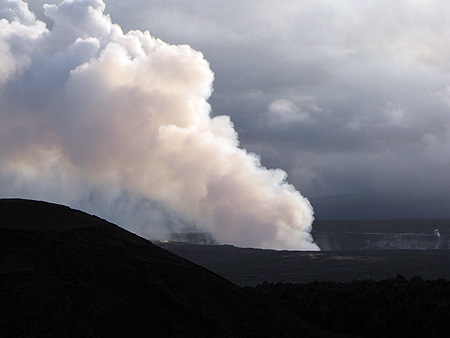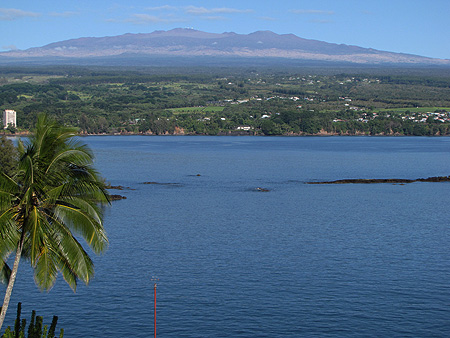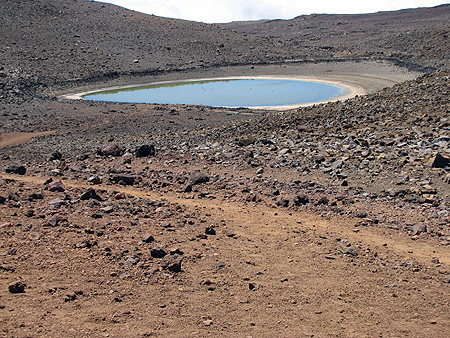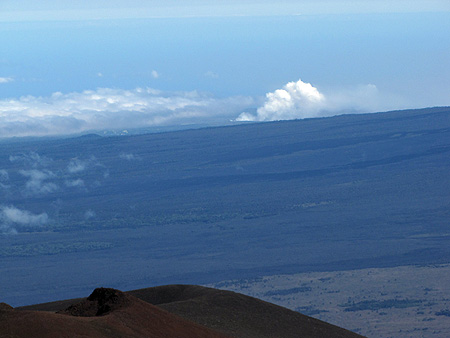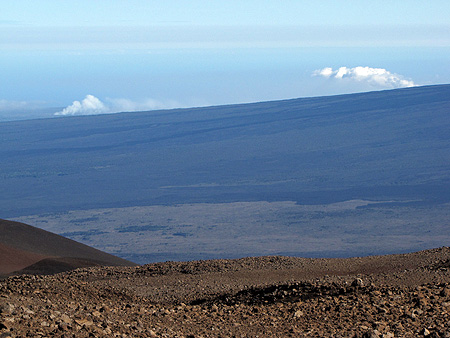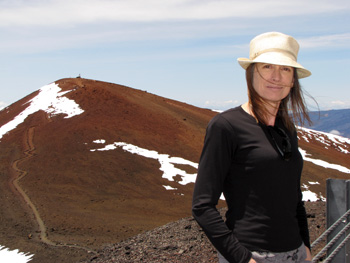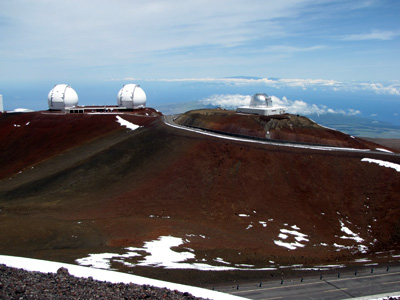Blood Orchids and Hawaii Bookstores
Sunday, January 22nd, 2012 Hawaii is big on regional books. Books about Hawaii are generally stocked at bookstores and convenience stores, and they’re given a big section on the book tables at Costco. I was never able to take advantage of this because — despite that I am a Hawaii author — my books aren’t about Hawaii, and besides they’re that weird science fiction and fantasy stuff…
Hawaii is big on regional books. Books about Hawaii are generally stocked at bookstores and convenience stores, and they’re given a big section on the book tables at Costco. I was never able to take advantage of this because — despite that I am a Hawaii author — my books aren’t about Hawaii, and besides they’re that weird science fiction and fantasy stuff…
(Exception: the staff at the former Borders Superstore in Honolulu used to be terrific about stocking my books. If y’all ever read this, thank you!)
But what about Toby Neal’s Blood Orchids? (Full disclosure: Toby’s a friend of mine, and I created the ebook and did the interior layout for the print version.)
Blood Orchids is a first novel that came out at the end of November and has been doing quite well on Amazon with twenty-six customer reviews so far. The story is a police procedural set in the city of Hilo on the Big Island, and it’s loaded with local culture — which should make the paper version an ideal candidate for stocking on the rack of “Hawaii books†found at brick & mortar stores here. Not only would local people see it, but visitors on vacation could pick it up for a Hawaii read.
But you aren’t going to see the paper version of Blood Orchids if you’re on vacation in Hawaii. Here’s why:
A traditionally published book is sold as “returnable,†meaning that if the store that stocks it can’t sell the book, the book is sent back to the publisher. This is a huge liability for a publisher. The book must be printed, and the printing must be paid for, and then most publishers make the assumption that only one in two books will sell anyway.
Blood Orchids is an indie-published book, and print-on-demand — meaning that copies are only printed when they are ordered. This in itself isn’t a problem. Toby called up a rep from our only remaining bookstore chain and asked about getting the book stocked. The rep was helpful and enthusiastic, but when she looked up the book, she advised Toby that the store could only carry returnable books.
Right now the print version of Blood Orchids has a very affordable list price of $11.99 and is being sold at Amazon discounted slightly to $11.58. To make the book work in a brick & mortar store the price would have to be raised considerably, both to provide a fair return to the bookstore that sells it, and to cover the “loss†involved in selling only one of two books that are printed. This is why traditionally published trade paperbacks are generally far more expensive than indie-published books intended for online sale. It also points out the difficulty and risk of getting those indie-published books into stores. With print-on-demand books that don’t allow returns — which is the way I handle my print versions — potential losses are limited to the set-up cost of the book, a fixed amount that’s pre-invested.
But once returns are allowed, potential losses are completely unknowable. Not only are you at-risk for the printing cost, but also for the shipping on returns. For most of us with indie books, the loss risk combined with an expectation of reduced sales online when the cost of the book goes up by 30% or more, makes the struggle to break into the bookstore chains a struggle not worth having.
This all feels a little unfair, but in all honesty, it’s not. Publishing is a business, and someone has to take the risk. The story might be different if we had independent bookstores here in Hawaii, with an owner willing to try a few copies on spec, but that’s not the case. I sincerely hope this changes. Here on Maui we have one remaining bookstore, and that’s on the opposite side of the island from our primary population center, and an hour’s drive for me.
But for the immediate future, you won’t be seeing Blood Orchids in any Hawaii stores, even though it’s an ideal fit for the usual rack of Hawaii books and deserves to be there. And that’s a shame for both readers and writers.








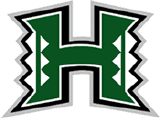 People who aren’t sports fan just don’t understand. I know this is so, because I used to be one of them. For most of my life, I paid little attention to sports. Sure, I enjoyed watching the occasional football game, but even when the final score was a disappointment it wasn’t personal. Then I got hooked on University of Hawaii Warrior football in the Colt Brennan years.
People who aren’t sports fan just don’t understand. I know this is so, because I used to be one of them. For most of my life, I paid little attention to sports. Sure, I enjoyed watching the occasional football game, but even when the final score was a disappointment it wasn’t personal. Then I got hooked on University of Hawaii Warrior football in the Colt Brennan years.




